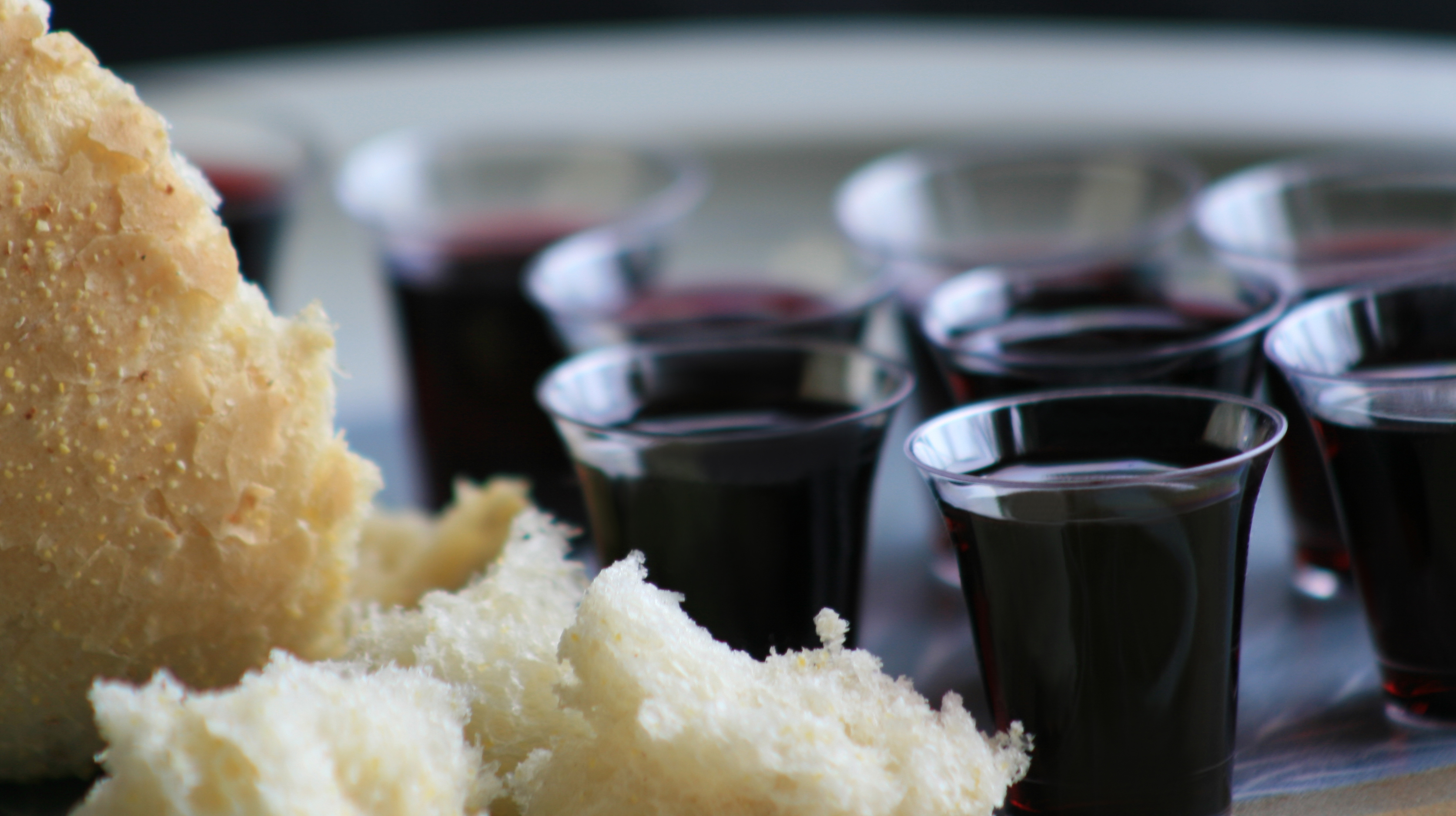TIL How The Church Saved Wineries During Prohibition
We may receive a commission on purchases made from links.
I was talking to a sommelier when he just casually dropped the knowledge that the Catholic church saved many wineries during Prohibition. Although wine sales were illegal under the Volstead Act, a legal loophole enabled some churches to still use wine during the sacrament of Communion (really, wouldn't grape juice have worked just as well as a substitute?). As someone who was raised Catholic, and a near-lifelong wine drinker, this knowledge surprised me. How could the measly amount of wine doled out during mass virtually save the then-bourgeoning U.S. wine industry?
According to the VinePair article "How The Church Saved The Wine Industry During Prohibition" (welp, there's my answer, right?), even David Blair, the commissioner of internal revenue from 1921 to 1929 who was in charge of enforcing the alcohol ban, was willing to bend the rules for the church, "allowing priests to use wine in religious services." A historical timeline on the Beringer Vineyards website agrees that the winery continued to operate from 1920 to 1933 thanks to a federal license that allowed wine to be sold to churches. This loophole was a lifesaving boon to many similar operations.
"Sacramental wine was still okay despite prohibition," explains John Binder, author of Al Capone's Beer Wars: A Complete History Of Organized Crime In Chicago During Prohibition. Actually, he says, it wasn't just Catholics who benefited; that loophole covered the Jewish and Protestant faiths as well for the use of wine in religious services. "Of course that there were abuses," he notes, as "the amount used increased dramatically." Also, permits were issued to certain congregations, and some of the congregations in New York sold some of their permits to bootleggers in "known instances," Binder says, "who then shipped it to Chicago," where it was resold to speakeasies and private customers.
Liz Garibay, historian and founder of the Chicago Brewseum, points out that fighting for wine as part of religious ritual also boosted church attendance in the '20s. "Publicly law-abiding members of the congregation would potentially flock to Sunday services to get their mini-fill of wine. So, all of a sudden, during the lean 1920-1933 years, the church (and temples) saw some of their largest attendance at services. And they also saw a surge in 'membership.'" That also affected the staff: In the Wine Enthusiast article "How Prohibition Shaped Wine Country," Shayla Martin reports that the recorded history of the winery that currently bills itself as the country's oldest—Brotherhood Winery in Washington New York—"hilariously notes that the clergy population in the area grew substantially during those 14 years."
That makes even more sense when we look at the nationalities of many of those U.S. immigrants, Garibay notes, "Italian Catholics could be the most devout, but wine was/is also part of their identity. Same with the French. These Catholics—both congregants and leaders—were going to fight for that wine." So in the U.S., cities with strong Catholic populations "like Boston, Philly, New York and Chicago were going to help the church's cause. And it's no surprise that these are some of the biggest drinking cities—religion or not—during Prohibition." Binder opines that even though the churches had alcohol on the premises, they likely wouldn't have been robbed of the sacramental wine: "A good percentage of the bootleggers would have been Catholic, and robbing a church might have been anathema to them."
Other wineries and alcohol producers got even more creative to survive. Some breweries produced soda pop. Inglenook sold grapes directly to consumers. Others used the grapes to make raisins, which "wasn't quite as lucrative" as making wine, says Binder. J. Burrell of Beringer Vineyards reports that "In his book Prohibition: Thirteen Years That Changed America, Edward Behr says Bertha Beringer... spotted the loophole before Prohibition even went into effect." The winery began drying its grapes into "raisin cakes," "with sly warning labels telling consumers that if they weren't careful, the reconstituted juice could ferment into wine. So don't—hint, hint—let the juice sit idle in a jug for 21 days." Other wineries soon followed Beringer's lead. Similarly, Martin notes that Renault Wine Tonic "a pharmaceutical product with an alcoholic content of 22 percent" was soon sold in drug stores around this same time, with a label "warning" consumers "not to chill the tonic, as it would turn into wine, which is illegal."
Fortunately for us all, the 21st Amendment finally arrived in 1933 to finally end Prohibition. At the end there were fewer wineries than there once were—and those that survived may have had synagogues and churches to thank.
